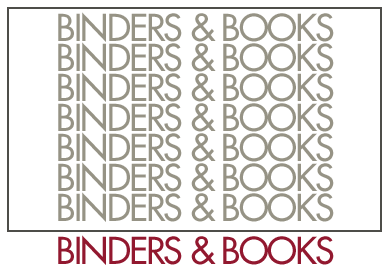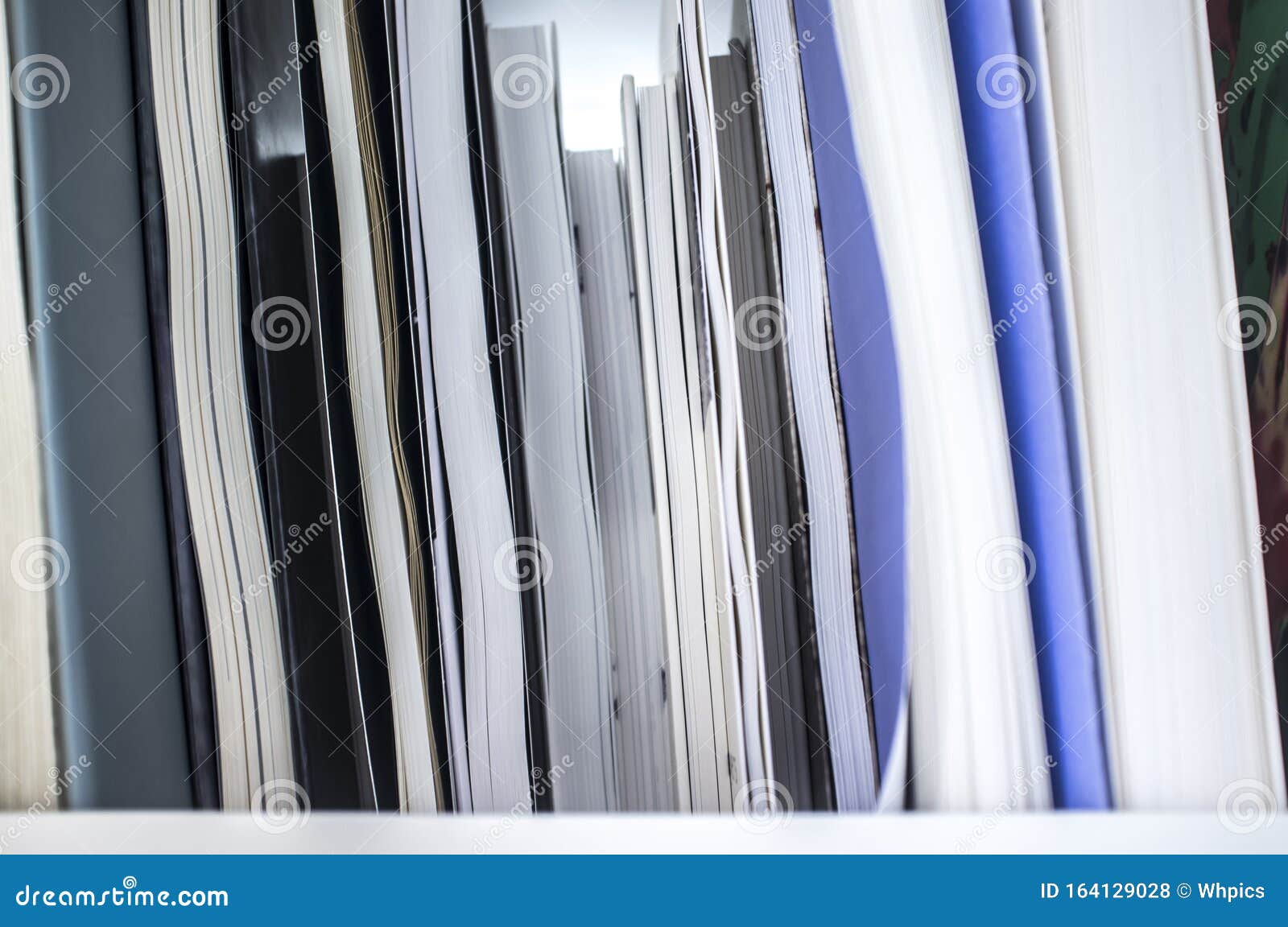


The various available forms of printed matter (text-blocks) which are produced by applying cold glue on the spine (joint) frequently present the problem that the glue penetrates in the interior of the printed matter (text-blocks) through the holes (3) of the thread seam. The invention relates to a method for bookbinding printed matter (text-blocks) that has a paper case (8) internally and a zipper closure (9), which comprises application of a cold glue on the spine (joint) (5), the spine (joint) being reinforced by fabric and sewing (6), application of a silicone glue in the holes (3) of the thread seam, application of a special tape (4) in the interior of the spine (joint) for protection against the cold glue and an incorporated bookmark (7) with creasings.

Use of the method in forming an advertisement leaflet (brochure).īOOKBINDING OF PRINTED MATTER (TEXT - BLOCKS ) BY GLUING THE SPINE (JOINT) WITH COLD GLUE AND INSULATING THE SPINE (JOINT) WITH Use of the method in forming a magazine.ħ. Use of the method in forming a notebook.Ħ. Use of the method in forming an note book, wherein sections may be provided by positioning separating cardboards between the sheets individual year is printed by screen-printing, or intaglio printing, or silver-printing, and furthermore month indexing may be provided on the right edge of the sheets.ĥ. A main advantage of this method is the formation of a printed matter/folder which is closed with the zipper (9), with a soft cover which has a reinforced joint (5) and its interior is protected against glue leakage.ģ. Finally, a zipper (9) is arranged on the outer side of the printed matter by sewing. grooves are made which fold easier than cardboard), at various points and on the inner side of the back cover a paper case (8) is glued. the final cuts are made peripherally of the printed matter), a bookmark (7) is glued on the upper side of the back cover, which is subjected to creasing (i.e. Also, the spine(joint) (5) is lined with an additional material (fabric) which covers the spine(joint) (5) and a part of the cover, then the spine(joint),(5) is screen-printed, and then a further seam (6) is made on the fabric for further reinforcement. Thereafter, cold glue is applied in order to reinforce the book-binding. Then sewing is effected with a thread and then silicone glue is applied in the holes (3) made by the thread seam on the outside of the spine(joint) so that the strength of the threads is reinforced and the spine(joint) is lined with a special tape (4), which does not allow the cold glue to pass through the holes (3) of the thread seams in the book. On the left side of the sheets, a perforation and holes are made for inserting the pages in a dossier. Then, lay-out is made by the procedure of assembling the printing pages. Then, the covers are jointed to the two end papers. In the mean time, the cover is cut and an incision (1) is made at the center of the cover, where a decorative item (2) is positioned. During this stage, two 4-sheet end papers are glued, one on the front and one on the back printing sheet. At first, the main body is provided by folding large paper sheets to printing sheets (signatures), and then the outer cover is arranged. Bookbinding method, in which cold glue is used for gluing the spine (joint), the interior of the spine(joint) of the printed matter(text-blocks)is insulated with a special tape to prevent leakage of the cold glue in the interior, a silicon glue is applied in the holes of the thread seams to prevent inner staining of the printed matter and a paper case is provided and zippers are arranged at the edge of the printed matter(text-blocks).


 0 kommentar(er)
0 kommentar(er)
